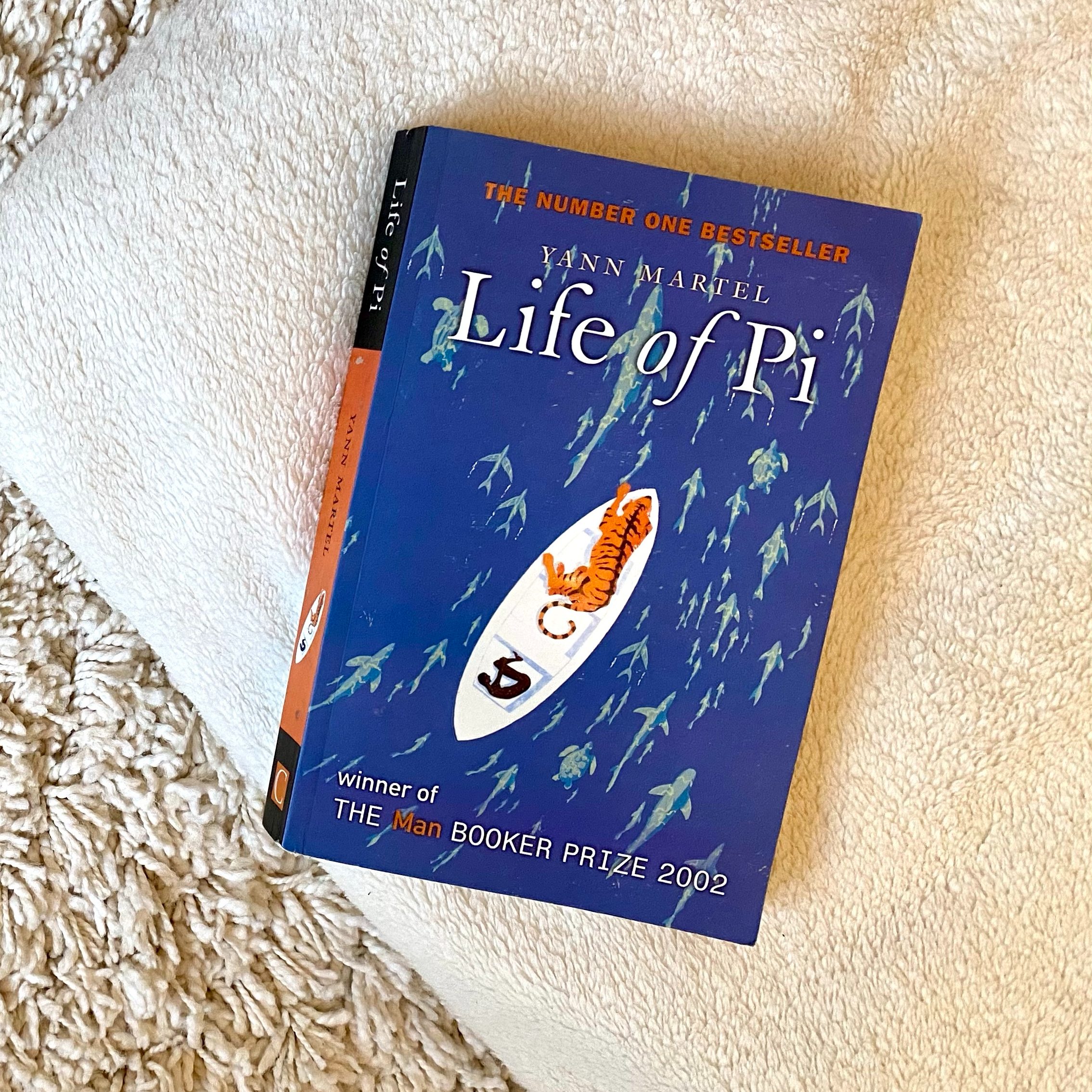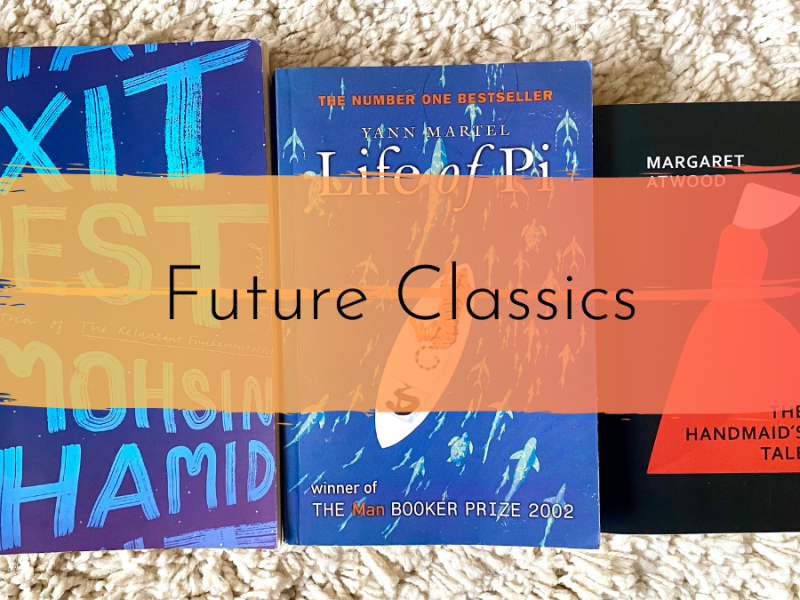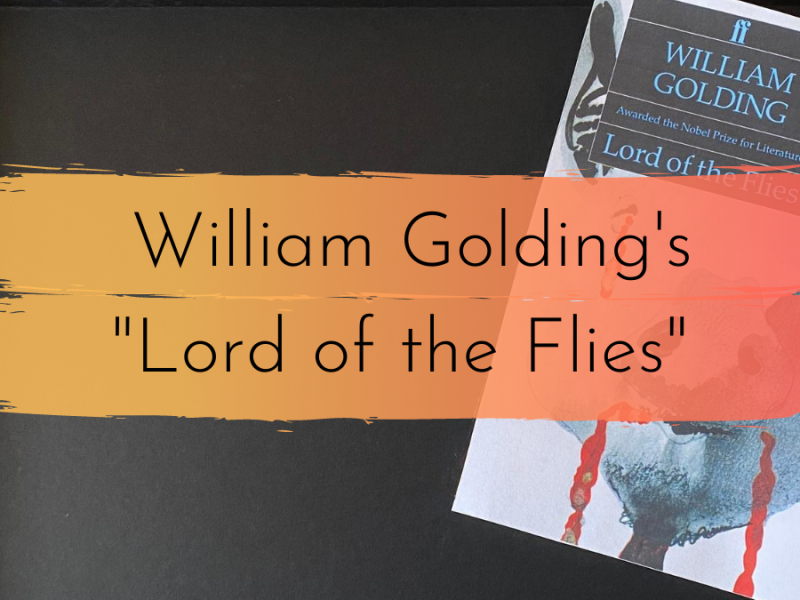In Life of Pi, Yann Martel takes us on a thought experiment: What would happen if a boy and a Bengal tiger were stuck together on a small lifeboat in the middle of the Pacific Ocean? Contrary to what everyone would expect, the tiger doesn’t kill the boy. Instead, the two develop an unusual friendship and together survive more than 200 days on board of the small lifeboat, defying hunger, thirst and illness. It’s a story of two unlikely castaways developing a bond that asks us to think the unthinkable.

Admittedly, the scenario sounds absurd, but Martel manages to make you believe in his story. We come to laugh, cry and despair with Pi and his hairy companion as if we were ourselves on that very lifeboat. Beside being brilliantly written, the story confronts us with essential questions: Are we, as humans, really superior to animals or do humans sometimes behave like animals as well? Are we all the time master of the planet or does the planet rule us?
To understand Martel’s project, it’s important to know that Life of Pi is a modern Robinsonade, that is, a rewriting of Daniel Defoe’s well-known castaway tale Robinson Crusoe. On the surface, Life of Pi takes up many elements typical of the genre: A person is shipwrecked, finds himself on an ‘island,’ and learns to make do with what he has. It’s a story of survival and isolation that puts moral values to the test and explores the strengths and weaknesses of civilization.
What sets the novel apart from the original story, however, is its strong focus on animals. Whereas Defoe’s animals are relegated to the background, Martel’s animals feature prominently in the story. From the Pondicherry zoo over the journey on the Tsimtsum to the lifeboat, animals are present everywhere in the novel.
“We commonly say in the trade that the most dangerous animal in a zoo is Man.”
The most memorable animal is, of course, Richard Parker, the 450 pounds Bengal tiger Pi ends up being on a lifeboat with. I think the special relationship between the two is key to understanding Martel’s project. The tiger could easily kill Pi just as Pi has more than one chance to get rid of the tiger, yet both make it out alive. Neither kills or abandons the other. Why? Despite making for a boring story if one (or both) of them died, it’s obvious that Pi’s well-being is tied up with that of the tiger: Pi needs the tiger for his mental well-being while the tiger needs Pi to provide him with food and water.
“It was Richard Parker who calmed me down. It is the irony of this story that the one who scared me witless to start with was the very same who brought me peace, purpose, I dare say even wholesomeness.”
Martel seems to remind us that just like Pi and the tiger, humans and animals depend on each other. This isn’t to say that we are the same (the tiger does, after all, remain a tiger throughout instead of taking on any anthropomorphic characteristics), but that we sit in the same boat. Pi’s story is obviously one that stretches the boundaries between realism and fantasy, one that is in fact hard to believe, yet this is precisely the point. The novel seems to be realistic, but it turns out to be more abstract as it seeks to challenge our belief systems. What we remember in the end isn’t a story of human superiority, but one of an unlikely companionship between a boy and a tiger.
“It was not a question of him or me, but of him and me. We were, literally and figuratively, in the same boat. We would live—or die—together.”
The boundaries between human beings and animals are, Martel reminds us, more blurry than we’d like to think.
Have you read Life of Pi? Did you like it? Can you think of other stories about human-animal relationships? Let me know in the comment section below!





Unfortunately I haven’t read the book, but I saw the movie and I am guessing if as usual the book contains a further world of emotions.
I liked a lot your analysis.
LikeLiked by 1 person
Thank you so much! Yes I’ve both watched the movie and read the book and I’d say that the book’s way more detailed. But there’s also a reason the movie won several oscars 😉
LikeLiked by 1 person
I really enjoyed “Life of Pi” – I don’t often think about it in the context of Robinson Crusoe, but I think the themes around stories and truth are paralleled nicely in J M Coetzee’s Robinsonade, “Foe”.
In terms of animals on boats, Kirsty Logan’s book “The Gracekeepers” features a performing circus bear who lives with the girl who trains it on their floating circus boat. The girl and bear have grown up together, and with no humans she trusts, he is her closest companion too. There are many passages which consider the relationship between the girl and her bear, and which compare acts of violence done by bears and people. I think the book would be a fantastic companion to “Life of Pi” for an essay on the subject!
LikeLiked by 1 person
That sound so interesting! When was that one published? It sound so similar to LoP theme wise, I wouldn’t be surprised if either of the two inspired the other one!
LikeLike
Gracekeepers is from 2016 – and perhaps I’ve been a bit misleading about it, as the bear and girl are part of a wider group of characters rather than most of the action being fixed on one human/animal/boat combo as in Life of Pi. On the other hand, some of the cover designs are near identical, so I’m more confident of inspiration in that aspect.
LikeLiked by 1 person
Just checked the cover designs and you’re right-some of them do remind me a lot of LoP!
LikeLiked by 1 person
Reading this was just lovely 🙂
LikeLiked by 1 person
Great post! I love this analysis and it’s so interesting to learn about the animal-human relationships in this book. I’ve heard so many good things about this one, so I’ll have to try and give it a go at some point 🙂
LikeLiked by 1 person
You’re welcome! Thanks for your comment and yes, do give it a go sometime! 🙂
LikeLike
I loved the book (didn’t watch the whole movie). It made me think about my dogs weirdly enough. We think they’re dependent on us, but actually, we’re also dependent on them.
All the best, Michelle (michellesclutterbox.com)
LikeLiked by 1 person
Right, I can only imagine how special it must be to have a dog. Thanks for your comment!
LikeLike